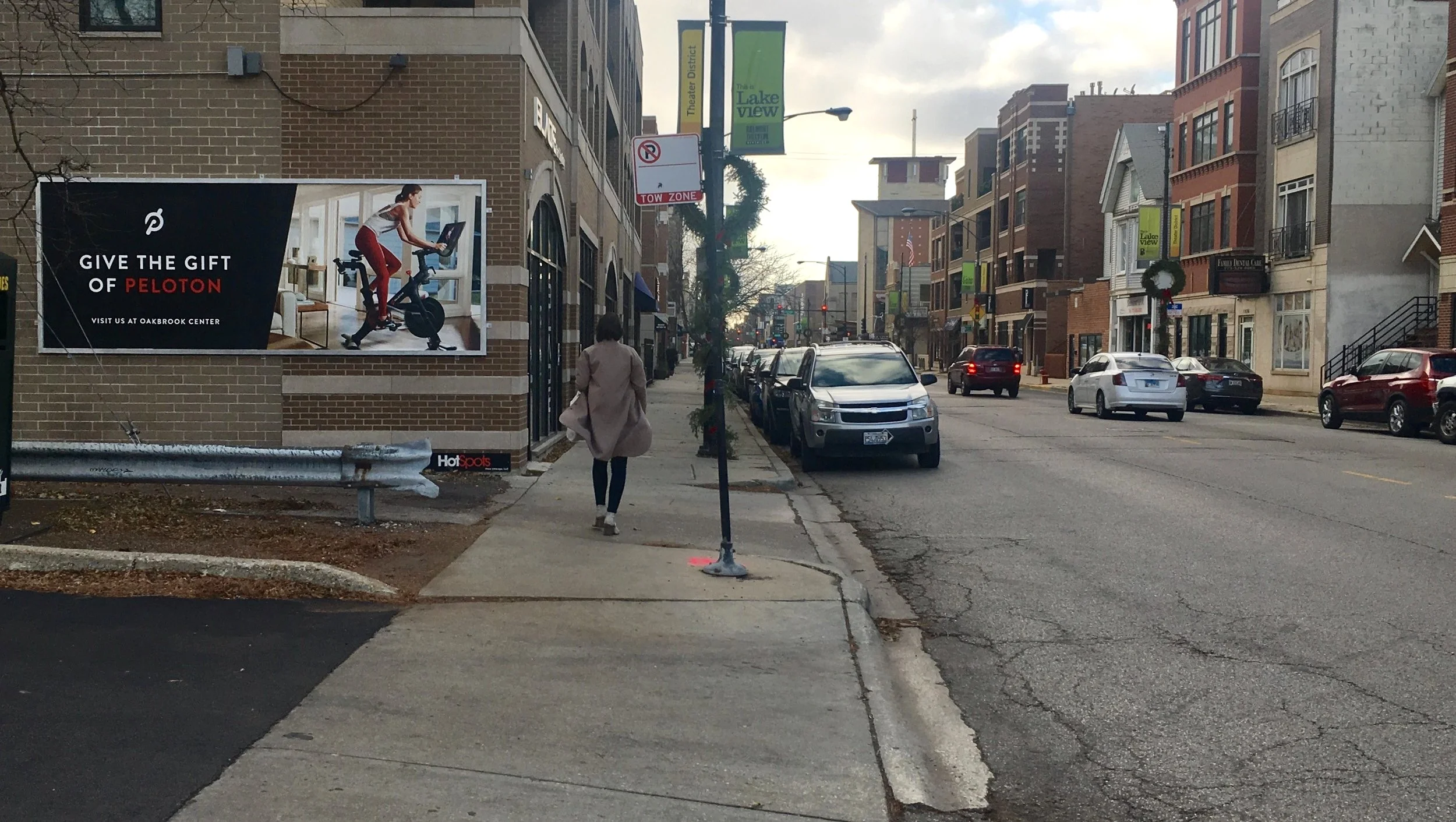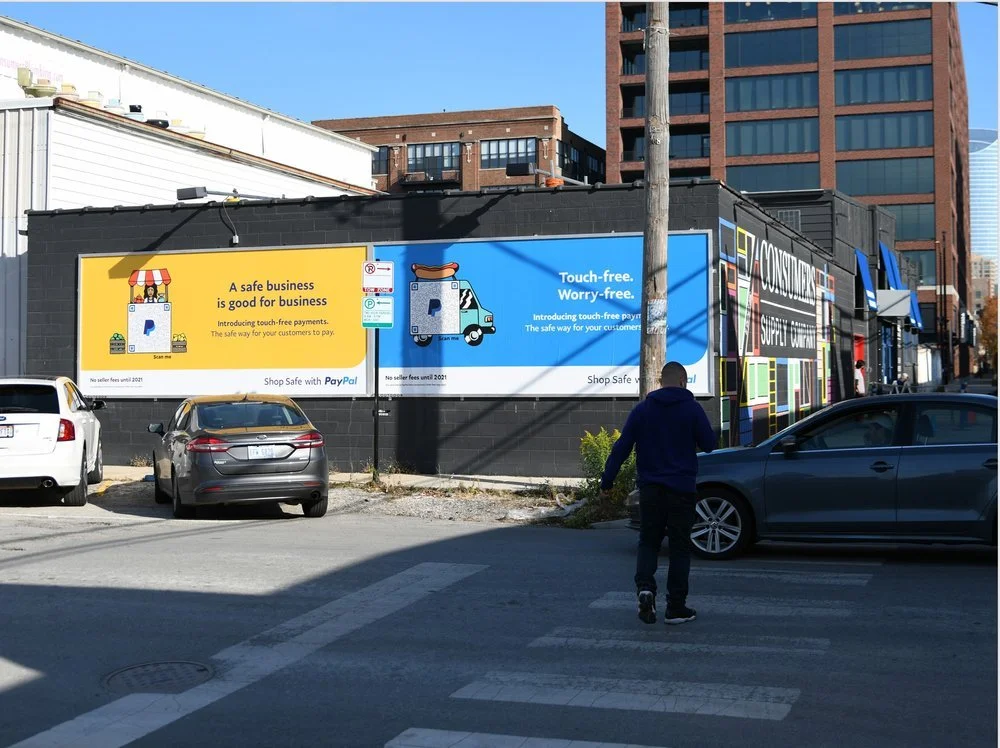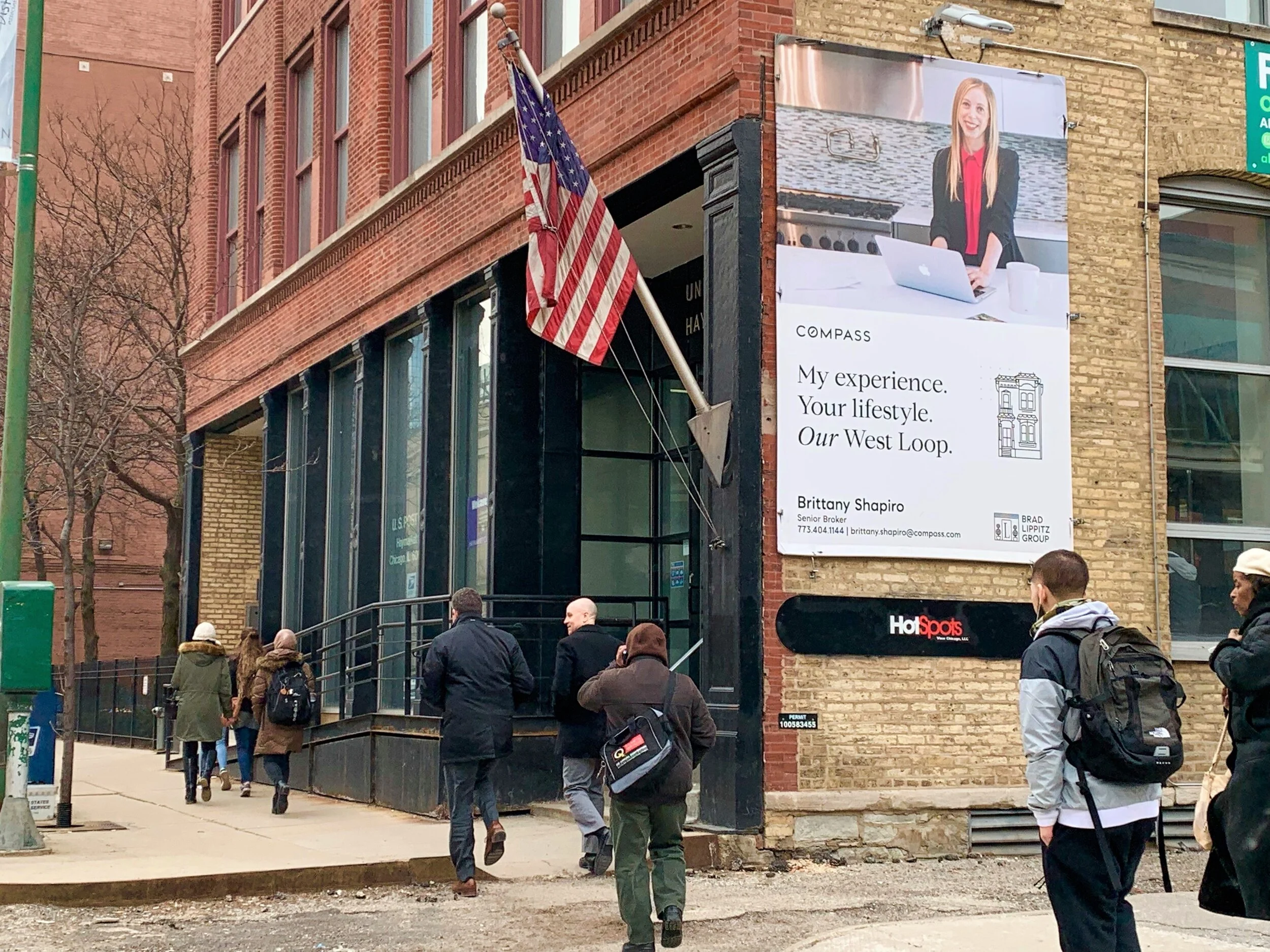By Matt O’Connor, founder and CEO of Adquick (article first published on Billboard Insider)
We all know that one billboard or subway ad that greeted you on your commute for months.
When I was Expansion Manager for grocery delivery service Instacart circa 2014, I ran into a problem: declining effectiveness of our social media and online ads.
The market was simply too saturated, with delivery services like Instacart, plus a fast-growing cadre of meal-kit delivery services. It was hard to cut through all the noise.
We also suspected, but couldn’t prove, that a high percentage of our clicks were junk, powered by bots. And this was well before the 2016 election with Russians on Facebook.
So, our team decided to do something really different: We turned to outdoor ads—specifically, billboards and transportation ads, such as bus stop and subway posters. At the time, the ability to definitively measure their impact was sparse, but we did see a boost in subscriptions and had no other campaigns running at the time.
It was hard to cut through all the noise.
Since that experiment, I’ve left Instacart and started my own company focused on making outdoor advertising easier to book and measurable. And as someone who once relied almost entirely on social media ads, I can tell you that outdoor is now just as quantifiable if you use the right tools and know what you’re doing.
Here are the ways in which outdoor has advantages over social media:
It’s in the real world, so it’s not prone to click fraud—at least until someone invents bots that drive past billboards or take the bus and subway.
It’s super-high-frequency, with significant exposure and traffic. No other medium reaches consumers with the frequency of outdoor advertising. We all know that one billboard or subway ad that greeted you on your commute for months.
It reaches more than 90 percent of the population. Not everyone is online—and in particular online at the social media sites you’ve selected for your campaign—but within a community, chances are that almost everyone will see a local billboard or other outdoor campaign in the course of their daily activity.
It’s easily shareable on social media, because it’s so visual.
Geographic targeting is unmatched: You can select media right down to the longitude and latitude of the community you want.
It drives an outsized share of online searches. Out-of-home advertising is the most effective offline medium in driving online activity, according to a 2017 Nielsen Study.
How do you make outdoor measurable? There are a variety of ways. Options include:
Campaign integration with Google Analytics to measure lift in site traffic by area. This technique has been proven to increase site traffic by more than 40 percent versus controls.
Integration with Google AdWords to measure cost per click and click-through rates by area, in order to quantify performance efficiencies in online advertising. As outdoor advertising drives up a company’s awareness, its online ads perform more efficiently.
Social media image recognition, an algorithm to scrape social media images to quantify the number of additional impressions using campaign images or tags. We at AdQuick did this for a campaign for Drake’s OVO fashion brand and found $6,000 worth of Instagram shares in one week from one New York billboard.
Shortcodes, which are beneficial for transit and pedestrian-focused campaigns. They give any campaign a call to action and make it more engaging, and results are easily measured simply by tracking shortcode usage.
Geo-fenced mobile ads to measure engagement rate by area. This technique involves creating and serving ads on smartphones that mirror the message on outdoor advertising. This gives advertisers another way to measure engagement and provides consumers with a way to learn more about a brand’s offering and quantify the boost OOH drives in other channels. This technique can lead to engagement rates that are 30 percent to 50 percent higher in areas with outdoor ads versus controls.
Geographic surveys (based on ZIP code), tracking brand awareness and channel attribution in the areas surrounding the outdoor advertising locations.
Movement tracking, to quantify the increase in foot traffic an outdoor ad drives to a brick-and-mortar location.
Adidas using OOH to compliment social strategy. Photo credit @alinatsvor
If you are a digital marketer who hasn’t considered offline ads in recent memory, you need to give outdoor another look. Enough has changed in the past two years to make it a valid alternative to the crowded social media ad landscape.
Matt O’Connor is founder and CEO of AdQuick.com, a platform that enables brands to buy and measure outdoor advertising.





We care about how we can get results for our clients, so we have a strong focus on measuring many different metrics of success. Let’s go into more detail about how outdoor advertising is measured past the customer survey of “how did you hear about us?” and what modern tools can be used to learn about the efficacy of your outdoor marketing campaigns.